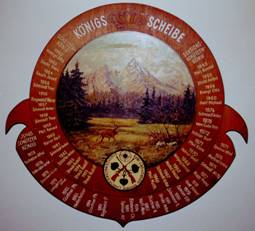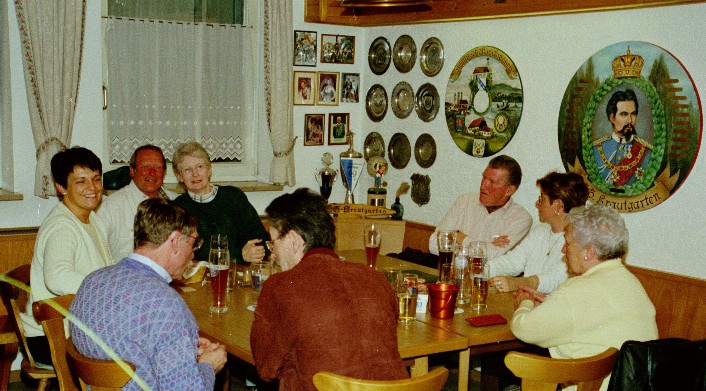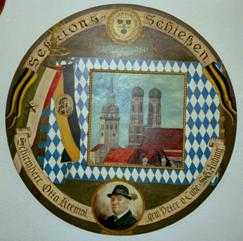by Gary Anderson, DCM
by Gary Anderson, DCM
When my wife and I visited the Munich area of Germany last March, an important point on our agenda was to visit friends in the Shooting Society of Aubing (Schützengesellschaft Aubing). We first come to know the “Aubing shooters” when we lived in that west Munich suburb over 30 years ago. The times when we can get back there now are far too seldom, but the reunions we are privileged to enjoy always remind us of the best in shooting club life. If I tell you a little about this “typical” German shooting club, maybe it will inspire an idea or two for your shooting club.
Germany is a paradise of shooting clubs. Shooting clubs are as common there as Lions or Rotary Clubs in the United States. Every village has its own club. Large cities often have many shooting clubs that often become serious rivals with each other.
The oldest shooting club in Germany was founded in 1139. Many clubs were founded in the 13th and 14th centuries when the citizens of cities established ranges to foster marksmanship practice with crossbows in preparation for defending their cities. Those purposeful gatherings soon led to the formation of shooting clubs. Club life became central to the city’s social and cultural life and was the impetus for festivals and special competitions.

A highpoint of the shooting year in any German shooting club is the “proclamation” of the Shooting King. Most clubs have special commemorative wooden targets like this one belonging to the
Shooting Society of Aubing or chains of medallions that record the names of each year’s King and become especially valuable records of the club’s history.


